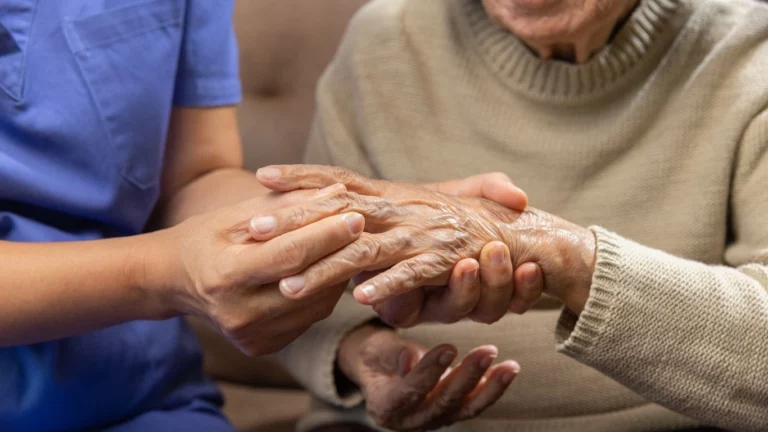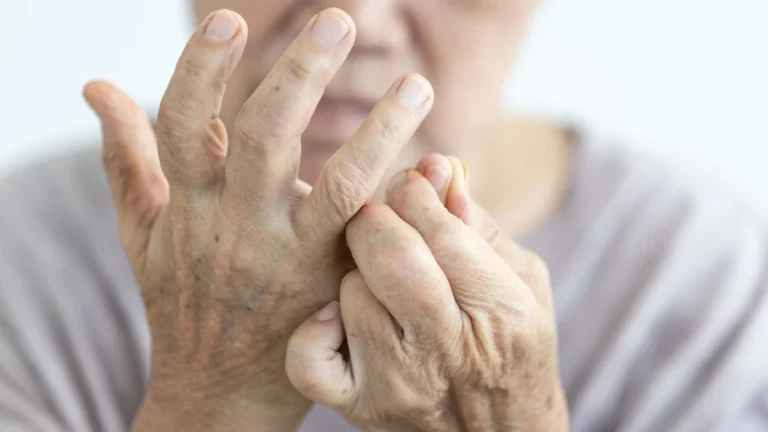Understanding BP Drops During Standing: Common Causes Explained
Ever had a patient mention feeling dizzy or lightheaded when they stand up, like the room starts to spin for a second or two? I’ve heard it countless times in my clinic — especially among folks managing high blood pressure. It’s a surprisingly common issue, and one that can leave people feeling unsettled. Today, I want to dive into something I see regularly in practice: BP drops during standing — causes, what’s going on in the body, and why it matters more than most realize.
What’s Happening When Blood Pressure Drops on Standing?
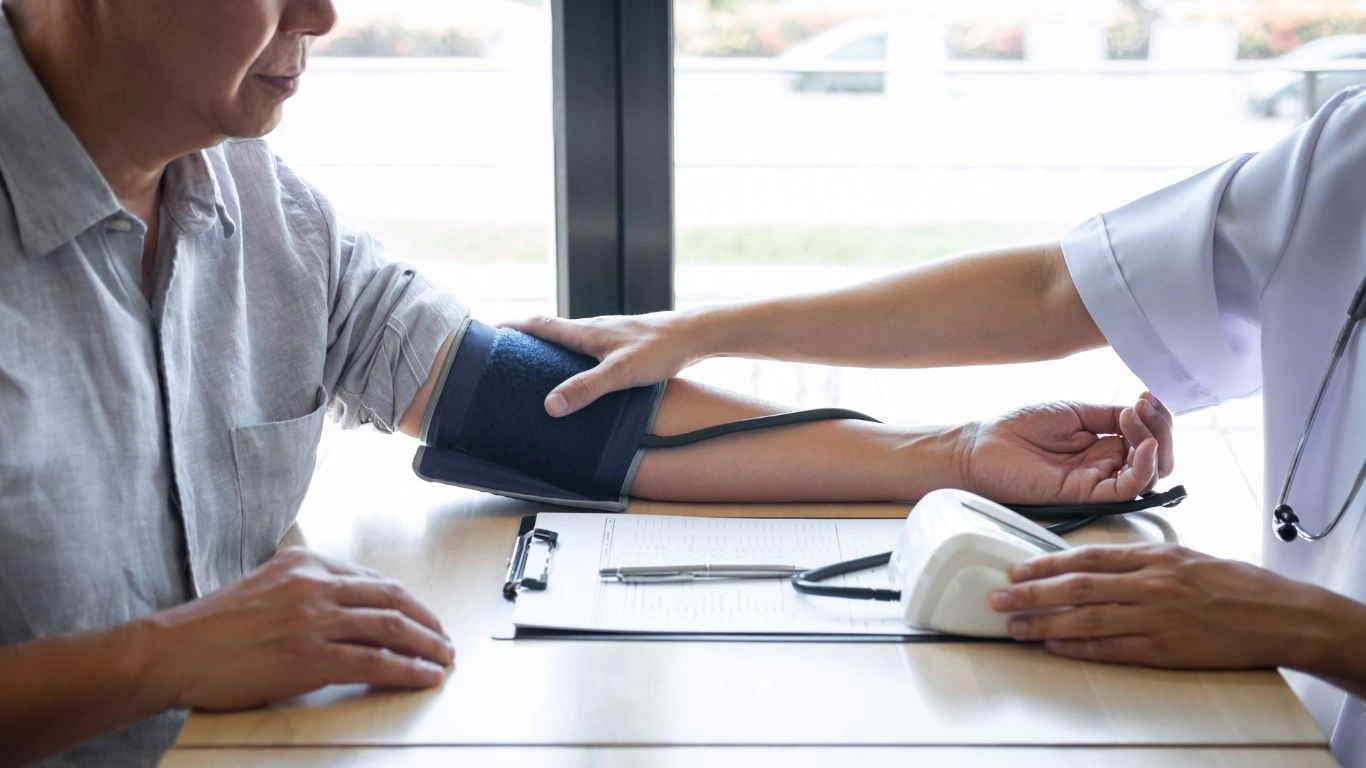
This phenomenon is called orthostatic hypotension, and it’s not just a fancy term tossed around in textbooks. It happens when there’s a significant dip in blood pressure as someone stands from a sitting or lying position. Normally, our body adjusts pretty seamlessly — blood vessels tighten up, heart rate increases slightly — but sometimes, that adjustment just doesn’t happen right. And when it doesn’t? Cue the head rush, unsteady steps, or even fainting.
In my day-to-day, I often see it in older adults, especially those juggling multiple meds for chronic conditions. But honestly, it’s not limited to age. Athletes, younger hypertensive patients, and even those who’ve recently been ill can all experience it.
Common Culprits Behind BP Drops During Standing
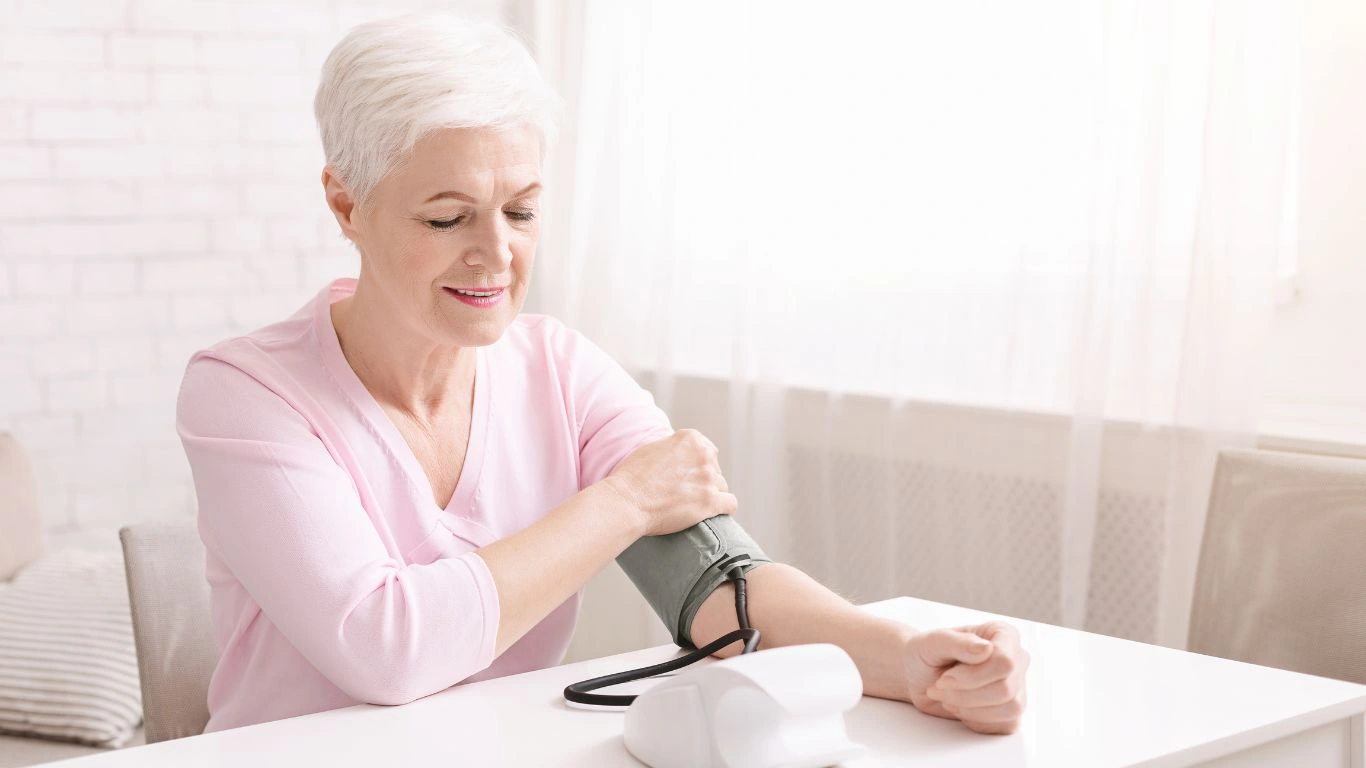
1. Medications — Especially for High Blood Pressure
Let’s start with one of the most obvious but often overlooked causes: meds. I’ve lost count of how many times a new antihypertensive gets added and within days, the patient’s back in the office telling me they feel “woozy” in the mornings. Diuretics, alpha blockers, beta-blockers — even common ACE inhibitors — can contribute to orthostatic dips.
When I prescribe something new, especially in older patients, I always caution them: “Hey, if you feel off when you stand up, let me know.” It’s not always about stopping the drug — sometimes we just need to adjust timing or dose.
2. Dehydration — The Silent Saboteur
This one’s sneaky. You’d be amazed how many people are borderline dehydrated and don’t realize it. Fluid volume plays a huge role in maintaining steady BP. Even mild dehydration reduces circulating blood volume, making it harder for the heart to push blood uphill to the brain when standing. End result? That drop we’re talking about.
- Hot weather
- GI losses (vomiting, diarrhea)
- Overuse of diuretics
These are all triggers I screen for, especially in summer months or after a stomach bug runs through a household.
3. Autonomic Dysfunction — When the Nervous System Slacks Off
This one’s more complex and definitely underdiagnosed. Basically, the nervous system isn’t responding properly to the positional change. I’ve seen this in diabetics with neuropathy, in Parkinson’s patients, and even in people recovering from viral illnesses.
And here’s a real patient story: A long-time patient with well-controlled Type 2 diabetes came in complaining of feeling “off” every morning. Turns out his autonomic nerves weren’t firing correctly, and we needed to refer him to neurology for more targeted care. That kind of detective work is part of what makes internal medicine so rewarding.
4. Prolonged Bed Rest or Inactivity
Staying in bed too long — whether due to illness, injury, or just a sedentary lifestyle — can lead to something called deconditioning. Basically, your cardiovascular system loses its edge. The body forgets how to regulate blood pressure efficiently with movement. I see this after long hospital stays or during recovery from surgery.
- Reduced muscle tone
- Blunted baroreceptor response
- Lower circulating blood volume
It’s why early mobility is such a big deal in hospitals these days. We’re not just trying to keep muscles strong — we’re also trying to protect blood pressure regulation.
How to Spot the Warning Signs Early

I always tell patients: don’t ignore those subtle clues. It doesn’t have to be a dramatic fainting episode. Things like:
- Dizziness right after getting up
- Blurred vision briefly when standing
- Feeling unsteady on the feet
- Needing to “pause” before walking off
…those are red flags. Especially if someone’s already dealing with hypertension, or taking meds that affect blood pressure. Trust your gut — and your body. That brief head rush might be more than just “getting up too fast.”
What Tests Can Help Identify BP Drops During Standing — Causes and Contributors?
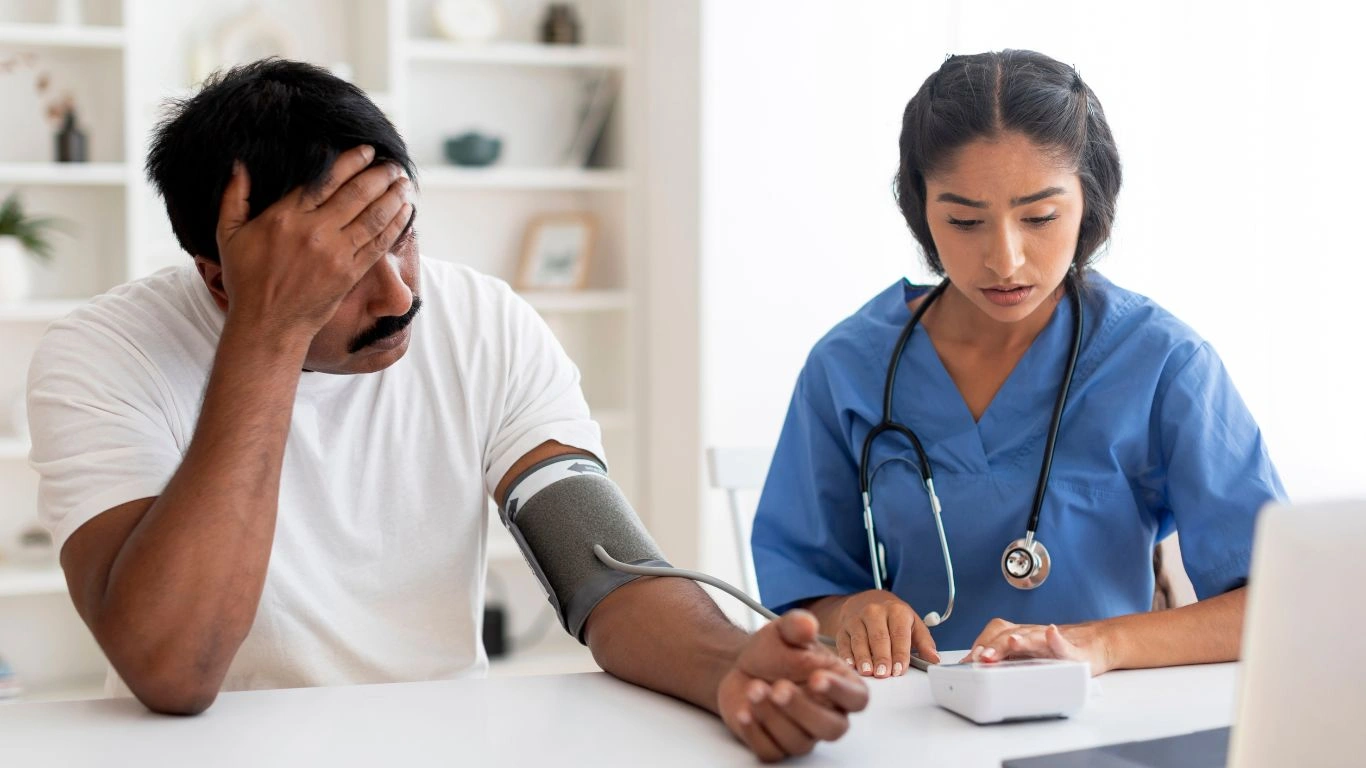
In my clinic, when a patient reports that classic lightheaded feeling, especially right after getting up, I usually start with a pretty straightforward check — orthostatic vitals. It’s simple but incredibly telling.
- We take the blood pressure and heart rate while the patient is lying down.
- Then again after they’ve been standing for 1 minute.
- And once more at the 3-minute mark.
If the systolic BP drops by 20 points or more (or diastolic by 10 points), that’s a red flag. Combine that with symptoms like dizziness or blurred vision, and it’s a strong indicator that we’re dealing with orthostatic hypotension.
Depending on what we suspect, I may dig deeper with labs or refer for more specialized testing. For instance, if someone’s on multiple antihypertensives, I’ll start by reviewing their meds. But if they’re not, or if they’re showing signs of autonomic dysfunction, we might look into:
- Electrolyte levels
- Kidney function tests
- 24-hour ambulatory blood pressure monitoring
- Autonomic reflex testing (especially for neurologic conditions)
Bottom line: don’t underestimate the power of a good clinical history and some basic vitals. They’ve saved me from missing bigger issues more times than I can count.
How I Approach Treatment in Real Life

Treatment isn’t one-size-fits-all. That’s where clinical experience and a good rapport with patients really come into play. I always remind people: “We’re not just chasing numbers. We’re treating you.”
1. Tweaking Medications
If meds are the culprit — and let’s be honest, they often are — the fix can be as simple as adjusting timing. Taking certain blood pressure meds at night instead of in the morning can make a huge difference. Sometimes we reduce the dose or drop one med entirely if it’s tipping the balance too far.
I once had a gentleman on three antihypertensives who kept fainting in the kitchen. Turned out his early morning dose was clobbering his BP just as he stood up to make breakfast. We shifted his meds around, and the fainting stopped completely.
2. Rehydration and Salt Intake
This is especially important in older adults or folks who’ve had a recent illness. I encourage increasing fluid intake, and — in some cases — slightly upping salt intake, but only after reviewing kidney function and ensuring they’re not at risk for heart failure. It’s all about balance.
Clear signs of underhydration show up more than you’d think. Dry mucous membranes, lower urinary output, or just that “I don’t feel like drinking much” kind of thing. I’ve had to gently nudge more than a few patients into making a hydration habit stick.
3. Compression Garments and Position Changes
Yes, compression socks may not be fashionable, but they work — especially in patients with venous pooling. I recommend them often, along with this simple but effective tip: Change positions slowly.
- Sit on the edge of the bed for a minute before standing
- Flex the feet and pump the calves before walking
- Cross and uncross legs to stimulate venous return
Sounds basic, right? But you’d be amazed how many falls and dizzy spells we’ve prevented with just these behavioral tweaks.
Lifestyle Factors That Make a Big Difference
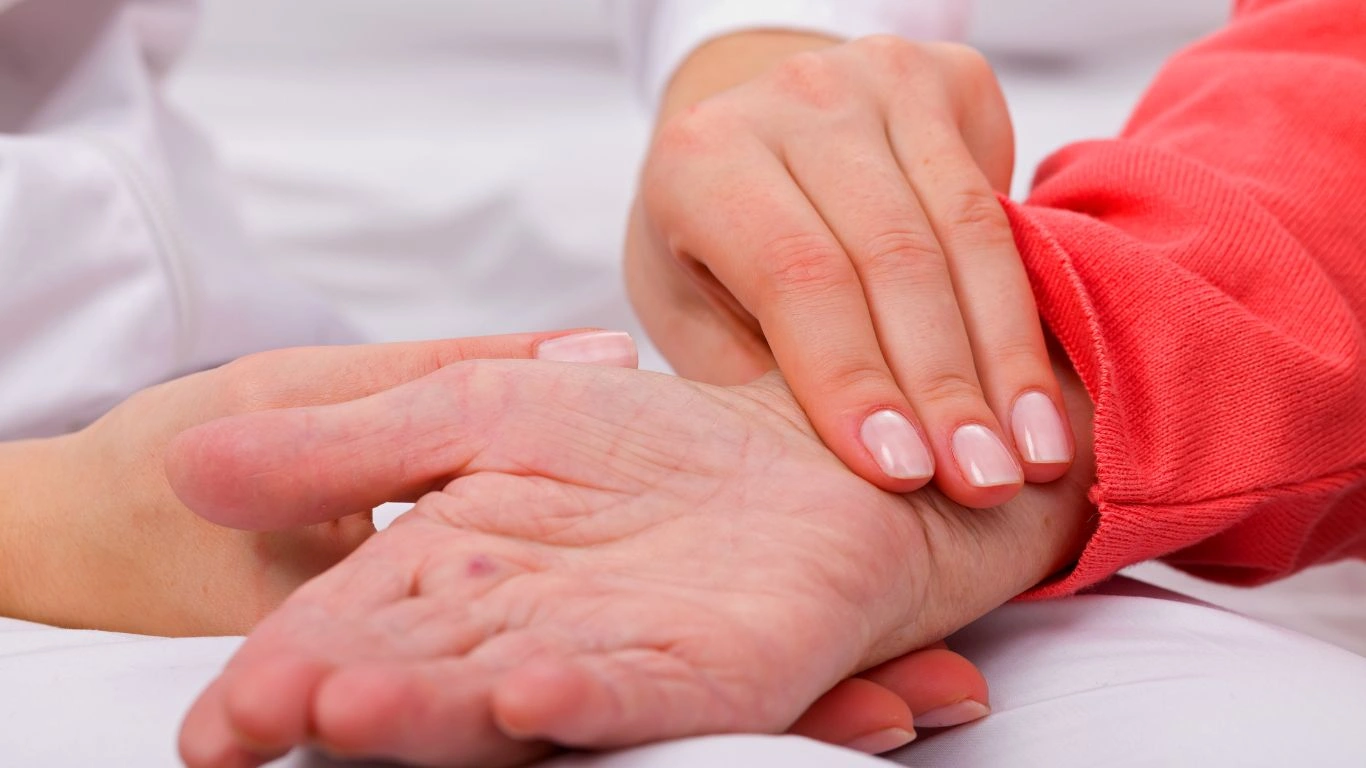
I always come back to this — lifestyle matters. When BP drops during standing, the solution isn’t always found in a prescription pad. Sometimes, it’s all about what’s going on day-to-day.
1. Physical Activity
Even light activity improves vascular tone and helps the nervous system respond better to position changes. I tell patients: “Walk more. Sit less.” Simple, but effective. Especially after a long illness, a structured reconditioning plan can bring back orthostatic stability fast.
2. Balanced Diet
Foods rich in B vitamins, potassium, and magnesium support nerve health and fluid balance. I lean toward Mediterranean-style eating for most of my patients — it supports heart health and helps with overall BP control.
Sometimes I’ll spot-check for deficiencies too. Low B12 or folate can mess with the autonomic nervous system, and treating that deficiency has cleared up dizziness in more than one patient.
3. Sleep and Stress
We don’t talk about this enough. Poor sleep and chronic stress tank your ability to regulate blood pressure. Cortisol surges, adrenaline imbalance — it all feeds into the bigger picture. Helping someone reset their sleep cycle or reduce stress is sometimes the breakthrough they need.
One of my patients, a night-shift nurse, kept experiencing BP drops during standing, especially mid-shift. We worked together to adjust her meal timing, hydration, and postural strategies — and got her sleeping more soundly during off-hours. Symptoms? Gone within two weeks.
When to Seek Medical Help for BP Drops During Standing

From my years in internal medicine, I can’t stress enough how important it is to recognize when a simple “feeling dizzy” is actually a sign that something needs closer attention. If you or someone you know experiences recurrent dizziness, fainting, or falls when standing up, that’s a big red flag.
Here’s a quick checklist from my practice on when to get urgent care or a thorough medical evaluation:
- Repeated fainting spells or blackouts
- Sudden weakness, numbness, or speech difficulties
- Chest pain or palpitations alongside dizziness
- Confusion or difficulty staying alert after standing
- Significant falls resulting in injury
Many patients underestimate these symptoms or brush them off as “just getting old.” But trust me, it’s better to catch these issues early — especially because orthostatic hypotension can increase fall risk, which in older adults often leads to serious complications.
Advanced Treatments and Specialist Referrals
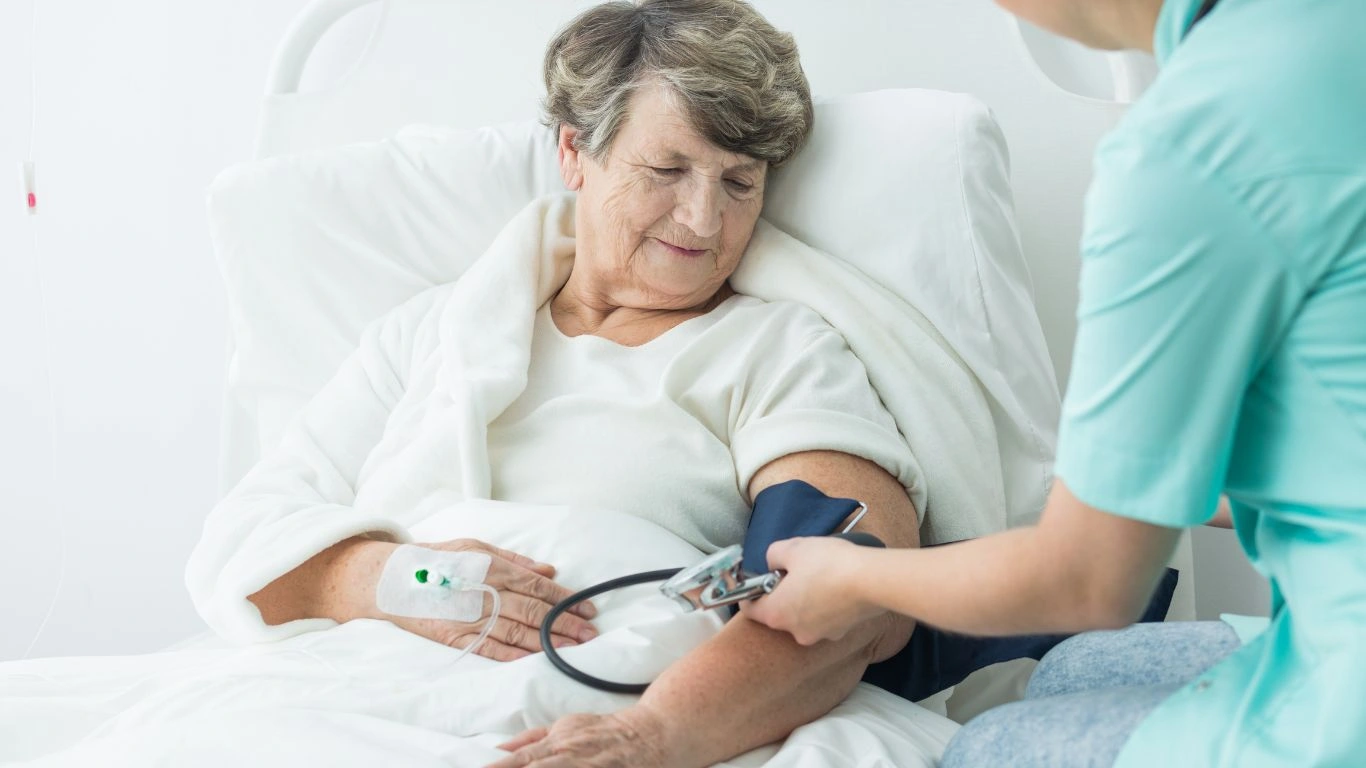
Sometimes, despite lifestyle changes and medication tweaks, blood pressure drops on standing persist. When that happens, it’s time to consider more specialized approaches.
Pharmacologic Options
In cases where non-drug measures aren’t enough, I may consider medications designed to support blood pressure stability. These can include:
- Fludrocortisone — helps the body retain salt and fluid, boosting blood volume
- Midodrine — a medication that tightens blood vessels to raise standing blood pressure
- Droxidopa — sometimes used for neurogenic causes of orthostatic hypotension
Of course, these drugs aren’t for everyone. They come with potential side effects and need careful monitoring. I always balance the risks and benefits carefully and make sure my patients understand what to expect.
Working with Specialists
For patients with complex cases or suspected autonomic nervous system disorders, I often refer to neurologists or cardiologists who specialize in autonomic testing. These experts can perform advanced diagnostics like tilt-table testing, which simulates changes in posture to measure blood pressure and heart rate responses more precisely.
In some situations, collaboration with physical therapists skilled in vestibular rehab can help patients improve balance and prevent falls. I’ve seen remarkable improvement in patients who engage in tailored rehab programs focused on strengthening and proprioception.
My Takeaway for Patients and Fellow Clinicians
Blood pressure drops during standing can feel like a minor annoyance or a frightening symptom depending on severity and context. From personal experience, I know it can seriously affect quality of life. But here’s the good news: with thoughtful assessment, personalized treatment, and lifestyle adjustments, most people can regain stability and confidence.
Whether you’re managing hypertension yourself or treating patients, always keep an eye out for those subtle clues. A simple blood pressure check after standing up can reveal a lot. And don’t hesitate to ask about symptoms that might seem unrelated at first — dizziness, blurred vision, or even fatigue can be part of the puzzle.
Medicine is about piecing together those puzzles one step at a time, and orthostatic hypotension is a classic example where the whole picture matters.
References
- American Heart Association
- American Heart Association Journals
- American Academy of Neurology
- American Academy of Family Physicians
Disclaimer
This article is intended for informational purposes only and does not replace professional medical advice, diagnosis, or treatment. Always seek the advice of your physician or other qualified health provider with any questions you may have regarding a medical condition. Never disregard professional medical advice or delay in seeking it because of something you have read here.

Dr. Gwenna Aazee is a board-certified Internal Medicine Physician with a special focus on hypertension management, chronic disease prevention, and patient education. With years of experience in both clinical practice and medical writing, she’s passionate about turning evidence-based medicine into accessible, actionable advice. Through her work at Healthusias.com, Dr. Aazee empowers readers to take charge of their health with confidence and clarity. Off the clock, she enjoys deep dives into nutrition research, long walks with her rescue pup, and simplifying medical jargon one article at a time.


